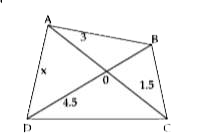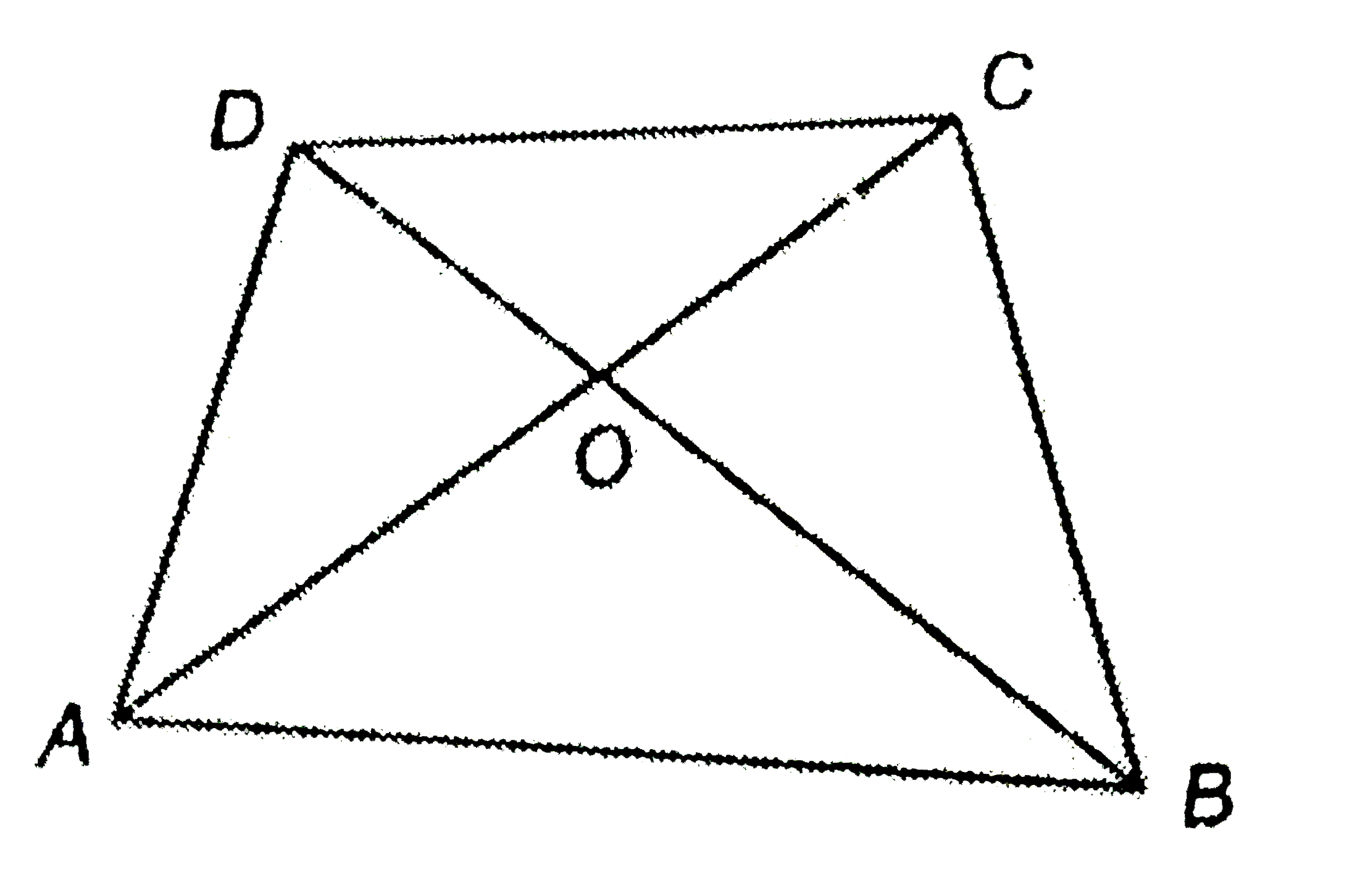ABCD is a quadrilateral whose diagnonal AC divides it into two parts, equal in are, then ABCD
is a rectangle
is always is rhombus
is a parallelogram
need not be any of (a), (b) or (c)
The correct Answer is:C
Step by step video, text & image solution for ABCD is a quadrilateral whose diagnonal AC divides it into two parts, equal in are, then ABCD by Maths experts to help you in doubts & scoring excellent marks in Class 9 exams.
Topper's Solved these Questions
Similar Questions
Knowledge Check
- Question 1 - Select One
ABCD is a quadrilateral whose diagonals AC divides it into two parts, equal is area. Then, ABCD is
Aa rectangleBa ||gmCa rhombusDall of these - Question 2 - Select One
ABCD is a quadrilateral whose diagonals are AC and BD. Which one of the following is correct?
A−−→BA+−−→CD=−−→AC+−−→DBB−−→BA+−−→CD=−−→BD+−−→CAC−−→BA+−−→CD=−−→AC+−−→BDD−−→BA+−−→CD=−−→BC+−−→AD - Question 3 - Select One
ABCD is a quadrilateral whose diagonals are AC and BD. Which one of the following is correct?
AA. −−→BA+−−→CD=−−→AC+−−→DBBB. −−→BA+−−→CD=−−→BD+−−→CACC. −−→BA+−−→CD=−−→AC+−−→BDDD. −−→BA+−−→CD=−−→BC+−−→AD
The diagonal AC of a quadrilateral ABCD divides it into two triangles of equal areas. Prove that diagonal AC bisects the diagonal BD.
View SolutionIn the quadrilateral ABCD :
View SolutionABCD is a quadrilateral. Is AB+BC+CD+DA>AC+BD?
View SolutionIn Quadrilateral ABCD, diagonal AC & BD intersect at "O". By Diagonals area of quadrilateral ABCD is divided into 4 parts. Find area of the fourth part (x), area of other 3 parts is mentioned in the figure.
 View Solution
View SolutionIn the given figure, ABCD is a rectangle whose diagonals AC and BD intersect at 0. If ∠OAB=28∘, then ∠OBC is equal to
 View Solution
View Solution


